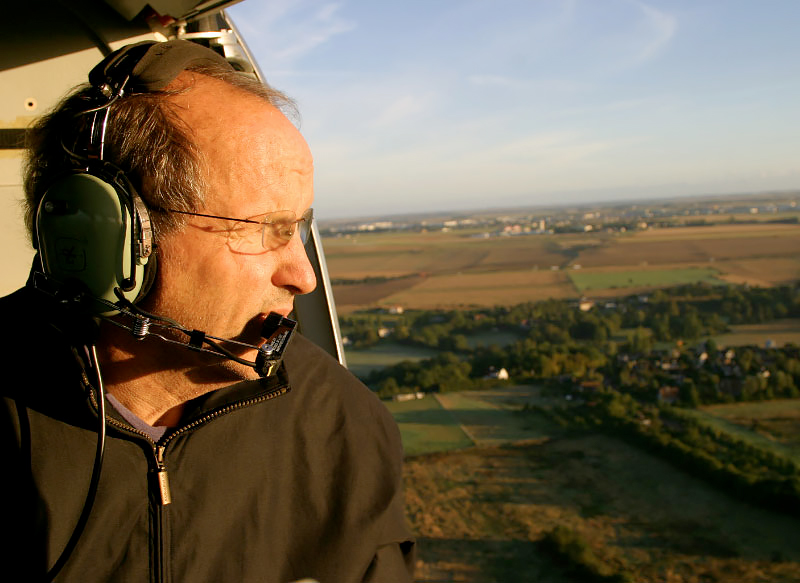Pilot and photographer, Alex MacLean, has flown his plane over much of the United States documenting the landscape. Trained as an architect, he has portrayed the history and evolution of the land from vast agricultural patterns to city grids, recording changes brought about by human intervention and natural processes.
His powerful and descriptive images provide clues to understanding the relationship between the natural and constructed environments. MacLean’s photographs have been exhibited widely in the United States, Canada, Europe, and Asia, and are found in private, public and university collections. He has won numerous awards, including the 2009 CORINE International Book Award, the American Academy of Rome’s Prix de Rome in Landscape Architecture for 2003-2004, and grants from foundations such as the National Endowment for the Arts and the Pulitzer Center for Crisis Reporting in 2014.
MacLean is the author of eleven books including,
Up on the Roof: New York's Hidden Skyline Spaces (2012),
Las Vegas | Venice (2010),
Chroniques Aeriennes: L'art d'Alex MacLean (2010),
Alex MacLean: Given a Free Hand (2010),
OVER: The American Landscape at the Tipping Point (2008),
Visualizing Density (2007),
The Playbook (2006),
Designs on the Land: Exploring America from the Air (2003),
Taking Measures Across the American Landscape (1996),
Look at the Land; Aerial Reflections of America (1993) and
Above and Beyond; Visualizing Change in Small Towns and Rural Areas (2002). MacLean maintains a studio and lives in Lincoln, Massachusetts.
Sea Level Rise:
On the shoreline of the Atlantic coast from Maine to Florida, rising salt water will impact over 100 million people. As a result, our nation will spend unimagined fortunes to adjust both gradual and abrupt disruptions of rising ocean waters.
Sea level rise occurs when warmer temperatures associated with climate warming melt land ice and thermally expand the volume of seawater. Although sea level is now rising in fractions of inches, the impact will accelerate, with mean sea level predicted to be 3 to 6 feet higher by the end of the century.
Even though many people are skeptical of climate change, and certainly not engaged in actions to reduce emissions of heat-trapping gasses, there is no denying that sea level rise, enhanced by storms and storm surges, causes erosion, flooding, dislocations, and will result in catastrophic damage along our coastlines. This problem is a significant cost factor reflected in financial markets for hazard insurance and appraisal of real estate values. Sea level rise is a relentless, visible indicator of a warming climate, which cannot be ignored.
